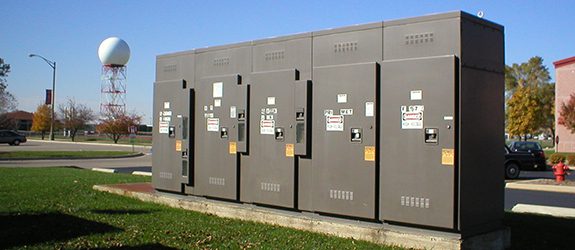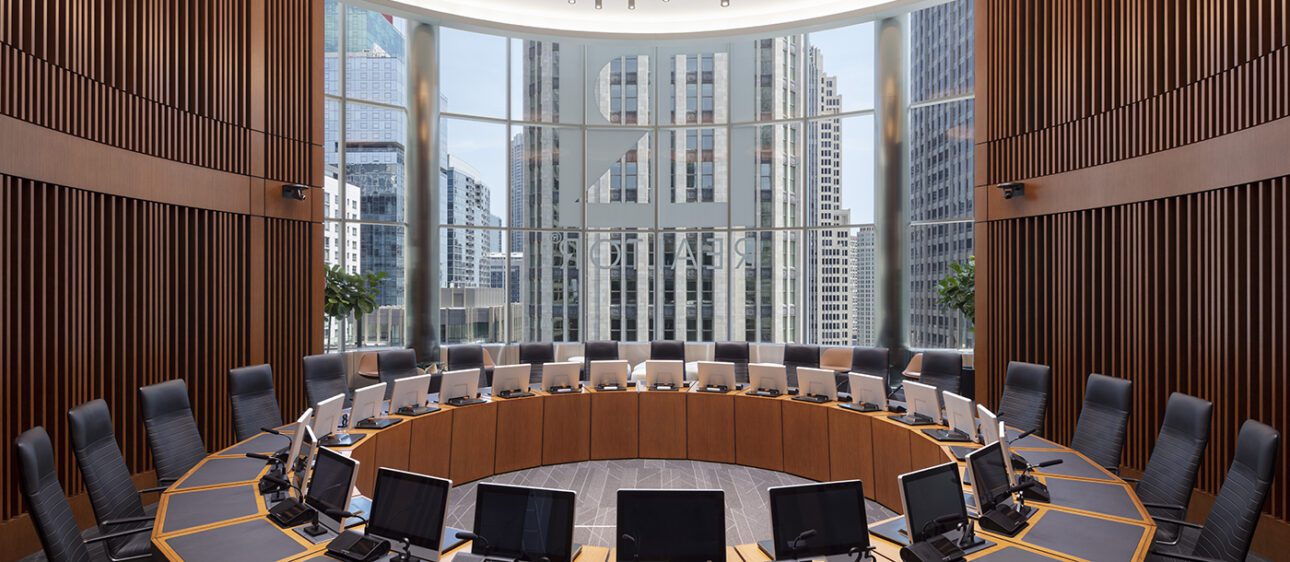The project included an extensive preliminary engineering phase to analyze various options for providing utility services for the new south campus buildings (for example, serve from central plant, stand alone, local mini plants), resulting in the decision to serve from the central plant.
Some key aspects of the design:
- Installation of nearly 5,000 feet of direct buried chilled water and high-temperature hot water piping.
- Installation of 500 tons of additional cooling capacity in the existing central plant.
- Variable frequency drives and controls for existing cooling towers.
- Upgrade of the main campus electrical service to accommodate additional cooling and power loads associated with the south campus build-out (seven buildings to be phased in over 10 years).
- High-voltage electrical distribution from the central plant down to the new south campus planned unit development.
- Connection to the existing campus power generation plant.




